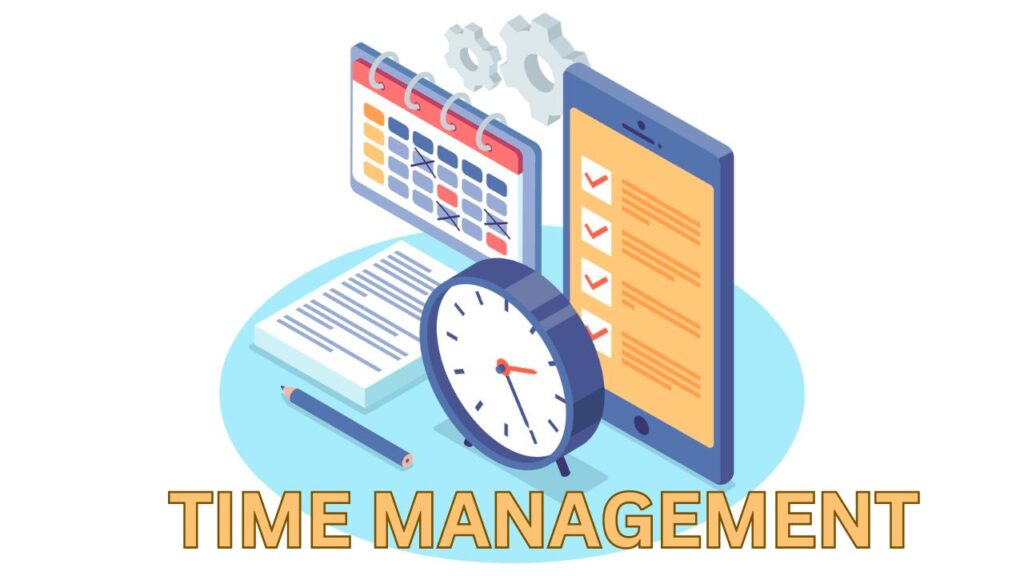The saying that “time is money” emphasizes the importance of time in human endeavour. In today’s fast-paced world, effective time management is a skill that can significantly impact your productivity and overall quality of life. With numerous tasks, responsibilities, and distractions vying for your attention, it’s crucial to master the art of managing your time efficiently. In this comprehensive guide, we will explore a variety of time management techniques and strategies that can help you boost productivity, reduce stress, and achieve your goals.
Jump to Section:
ToggleThe Importance of Time Management
Effective time management is more than just a productivity hack; it’s a cornerstone of personal and professional success. Time management is essential for the following reasons:
1. Enhanced Productivity
Time management techniques enable you to make the most of your available hours. By focusing on high-priority tasks and minimizing time-wasters, you can accomplish more in less time.
2. Reduced Stress
Proper time management reduces the anxiety and overwhelms that come with a packed schedule. When you have a clear plan and allocate time appropriately, you can approach your tasks with greater ease and composure.
3. Improved Decision Making
Time management forces you to prioritize tasks and make choices about how to allocate your time. This practice enhances your decision-making skills by encouraging you to assess what truly matters.
4. Goal Achievement
Effective time management aligns your daily activities with your long-term goals. It ensures that you’re consistently working towards what matters most to you.
5. Work-Life Balance
Good time management allows you to strike a balance between work, personal life, and leisure activities. It prevents burnout and contributes to your overall well-being.
Key Time Management Techniques
Below are some of the most effective time management techniques you can implement to boost your productivity:
1. Pomodoro Technique
The Pomodoro Technique is a time management method developed by Francesco Cirillo. It involves breaking down work into intervals, traditionally 25 minutes in length, separated by short breaks. Each of these intervals is known as a “Pomodoro.” After completing four Pomodoros, take a longer break. This technique leverages the concept of focused, time-limited work sessions to enhance productivity. The structured intervals create a sense of urgency and help prevent burnout by incorporating regular breaks.
2. Eisenhower Matrix (Urgent-Important Matrix)
Named after President Dwight D. Eisenhower, this matrix helps prioritize tasks based on their urgency and importance. It categorizes tasks into four quadrants:
- Urgent and Important: These tasks are both urgent and essential. They require immediate attention.
- Important, Not Urgent: These tasks are important but not time-sensitive. They should be scheduled for later.
- Urgent, Not Important: These tasks are urgent but do not contribute significantly to long-term goals. Delegation may be an option.
- Not Urgent, Not Important: Tasks in this category are neither urgent nor essential. They can often be eliminated or minimized.
Using this matrix will allow you to focus on tasks that align with their overall goals and reduce time spent on less impactful activities.
3. Eat That Frog Technique
This technique, popularized by Brian Tracy in his book “Eat That Frog!,” emphasizes tackling your most challenging and important tasks early in the day. The idea is to “eat the frog” – the most undesirable task – first thing in the morning. By addressing high-priority tasks upfront, you set a positive tone for the day and ensure that critical objectives are accomplished before distractions take over. This approach will help you to focus on what truly matters and prevent procrastination on crucial assignments.
4. Time Blocking
Time blocking involves scheduling specific blocks of time for different activities throughout the day. Rather than reacting to each new task as it arises, you can proactively plan your day in advance. This technique helps create dedicated periods for focused work, meetings, and breaks. By allocating specific time slots to different types of tasks, you establish a structured routine that enhances productivity and minimizes multitasking. Time blocking encourages you to be intentional about your time, making it a valuable technique for efficiently managing various responsibilities and priorities.






